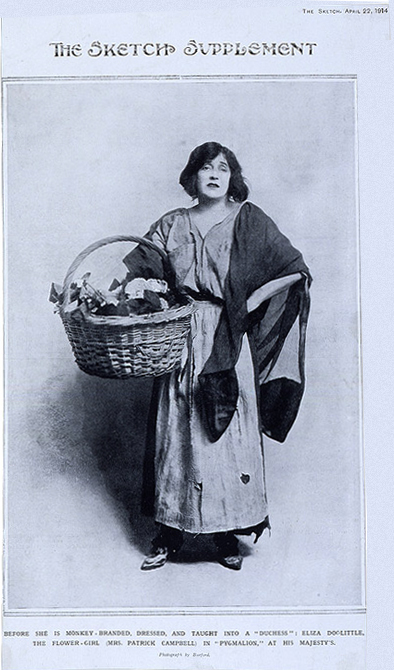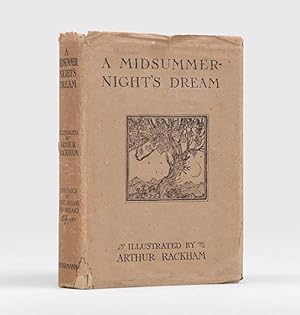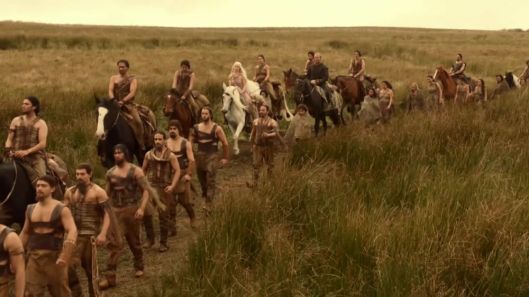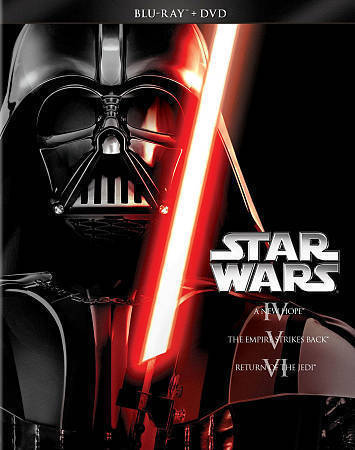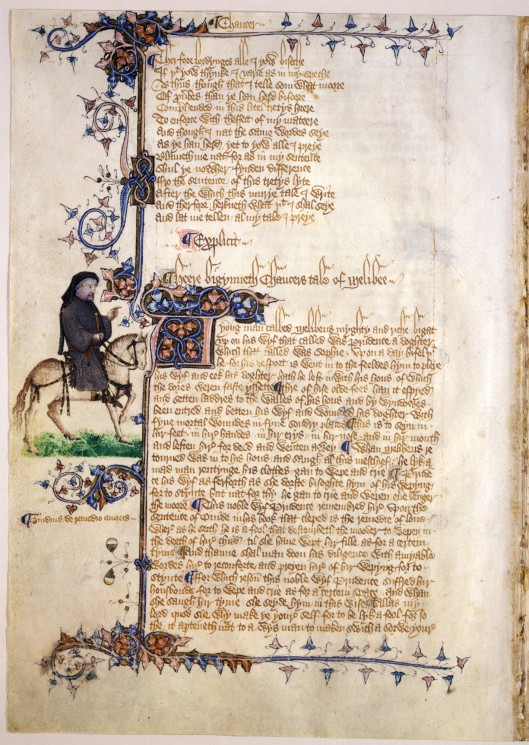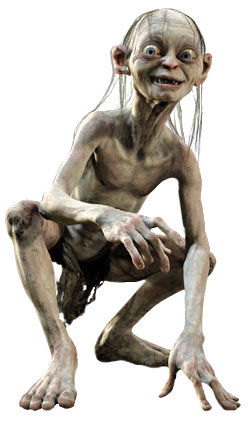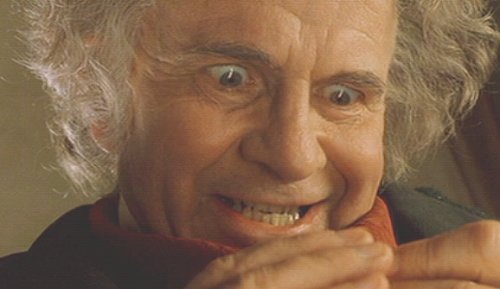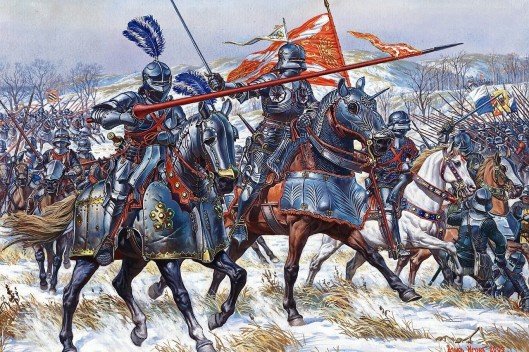Tags
Alan Lee, Ents, Entwives, Hildebrandts, language, mallorn, Old Forest, Party Tree, Ted Nasmith, The Lord of the Rings, Tolkien, Tom Bombadil, Treebeard, trees, Withywindle
As ever, dear readers, welcome.
In our last, we were examining something which JRRT said in a letter from 1958 discussing a script for a film of The Lord of the Rings. He was talking about trees and said that “the story is so largely concerned with them.” (Letters, 275)

That seemed to us rather an odd thing to say, there being so many human (or humanoid) characters and so much plot in which they are actors in the novel. And yet, as we began to consider it, we found ourselves trying to approach the story as if the trees were a major part of things—or perhaps more than one part?—and to wonder just what role or roles they were playing and whether that suggests that we might need to expand our understanding of the goals of the book in general.
We thought first of Treebeard, who is, of course, a character (here, drawn by Alan Lee) in the plot

and so are the Ents (by Ted Nasmith).

Besides being plot-drivers, though, Treebeard and his people represent an ancient part of Middle-earth which has somehow survived the long years of human occupation, with its own interests and its own memories—and its own tragedy: the loss of the Entwives. As Treebeard says:
“I am not altogether on anybody’s side because nobody is altogether on my side…” (The Two Towers, Book Three, Chapter 4, “Treebeard”)
The sentient nature of trees is not only to be found in Treebeard and the Ents, however. Consider the Old Forest.

As Merry describes it:
“But the Forest is queer. Everything in it is very much more alive, more aware of what is going on, so to speak, than things are in the Shire…I have only once or twice been in here after dark, and then only near the hedge. I thought all the trees were whispering to each other, passing news and plots along in an unintelligible language…” (The Fellowship of the Ring, Book One, Chapter 6, “The Old Forest”)
Perhaps the words “unintelligible language” say it best. Merry appears to accept not only that the trees are awake (“more aware”, as he puts it), but also that they have their own complex form of intercommunication (“language”). At the same time he may believe such things, what it is they are thinking and saying is not comprehensible, at least by him and, we presume, by those of his acquaintance. In other words, they are part of a world in which he has no part, just as Treebeard and the Ents are apart from those who visit or, in the case of the orcs, attack them.
In the case of Old Man Willow,

the mostly passive hostility of the Old Forest—
“And the trees do not like strangers. They watch you. They are usually content merely to watch you, as long as daylight lasts, and don’t do much. Occasionally the most unfriendly ones may drop a branch, or stick a root out, or grasp at you with a long trailer.”
becomes something more. The Forest seems to have been guiding the hobbits, funneling them towards the river Withywindle, about which Merry has said:
“We don’t want to go that way! The Withywindle valley is said to be the queerest part of the whole wood—the centre from which all the queerness comes, as it were.”
And then—
“Suddenly Frodo himself felt sleep overwhelming him. His head swam. There now seemed hardly a sound in the air. The flies had stopped buzzing. Only a gentle noise on the edge of hearing, a soft fluttering as of a song half whispered, seemed to stir in the boughs above. He lifted his heavy eyes and saw leaning over him a huge willow-tree, old and hoary. Enormous it looked, its sprawling branches going up like reaching arms with many long-fingered hands, its knotted and twisted trunk gapping in wide fissures that creaked faintly as the boughs moved. The leaves fluttering against the bright sky dazzled him, and he toppled over, lying where he fell upon the grass.”
Frodo isn’t alone in succumbing to the seductive nature of the place:
“Merry and Pippin dragged themselves forward and lay down with their backs to the willow-trunk. Behind them great cracks gaped wide to receive them as the tree swayed and creaked. They looked up at the grey and yellow leaves, moving softly against the light, and singing. They shut their eyes, and then it seemed that they could almost hear words, cool words, saying something about water and sleep. They gave themselves up to the spell and fell fast asleep at the foot of the great grey willow.”
Again, as Merry has said, there is a language here, this time a little more intelligible, but it might just be part of a general hobbit drowsiness on what appears to be a sultry autumn afternoon, unless we worry about those “great cracks” gaping “wide to receive them”—and we should. One of the hobbits—the only one not seduced into slumber—does:
“Sam sat down and scratched his head, and yawned like a cavern. He was worried. The afternoon was getting late, and he thought this sudden sleepiness uncanny. ‘There’s more behind this than sun and warm air,’ he muttered to himself. ‘I don’t like this great big tree. I don’t trust it. Hark at it singing about sleep now! This won’t do at all!’ “
As he rouses himself, he quickly discovers what the seductive tree has been planning: it is trying to drown Frodo and has completely swallowed Pippin and partially swallowed Merry.
They are rescued, of course, by Tom Bombadil, a character who has been left out of virtually every other medium of telling the story of The Lord of the Rings.

And it’s not hard to see why: he is somehow, truly out of the story, just as he’s unaffected by the Ring:
“It seemed to grow larger as it lay for a moment on his big brown-skinned hand. Then suddenly he put it to his eye and laughed. For a second the hobbits had a vision, both comical and alarming, of his bright blue eye gleaming through a circle of gold. Then Tom put the Ring round the end of his little finger and held it up to the candlelight. For a moment the hobbits noticed nothing strange about this. Then they gasped. There was no sign of Tom disappearing!” (The Fellowship of the Ring, Book One, Chapter 7, “In the House of Tom Bombadil”)
When it comes to things like the Old Forest and Old Man Willow, however, he is invaluable.
“As they listened, they began to understand the lives of the Forest, apart from themselves, indeed to feel themselves as the strangers where all other things are at home.”
As Tom is apart, and ancient—
“Eldest, that’s what I am. Mark my words, my friends: Tom was here before the river and the trees; Tom remembers the first raindrop and the first acorn.”
he is distanced, being senior to all living, growing things, and that gives him both greater knowledge and greater perspective, able to know and understand other ancient things, even if less ancient than he:
“Tom’s words laid bare the hearts of the trees and their thoughts, which were often dark and strange, filled with a hatred of things that go free upon the earth, gnawing, biting, breaking, hacking, burning: destroyers and usurpers. It was not called the Old Forest without reason, for it was indeed ancient, a survivor of vast forgotten woods; and in it there lived yet, ageing no quicker than the hills, the fathers of the fathers of trees, remembering times when they were lords.”
And here again we see that sense of otherness: these are living creatures only tangentially—and then, it seems, often negatively—involved with humans (and humanoids). And they are not just living things, but things with their own interests and purposes. Taking all of that into account, and adding in the healing nature of the mallorn seed which Galadriel gives to Sam, which replaces the cut-down Party Tree (please see our previous posting on that subject), we would tentatively advance two possible reasons for JRRT’s remark about the major place of trees in The Lord of the Rings.
First, when it comes to the Old Forest and Old Man Willow, as well as Treebeard and the Ents, by having them in the story we are being quietly told that the history of Middle-earth is not just about its two-footed inhabitants. Although so much of the plot focuses upon them, there is more to the story, a deeper, older context yet, putting them into a frame so much larger than that in which they and their past or even current actions take place. This gives Gandalf’s words to Bilbo at the end of The Hobbit that much more weight:
“You are a very fine person, Mr. Baggins, and I am very fond of you; but you are only quite a little fellow in a wide world after all!” (The Hobbit, Chapter 19, “The Last Stage”)
Second, in growing things there is a continuity beyond the human world, and not necessarily only an Old Forest malevolence. The seed may be from a tree in fading Lorien, as Galadriel says when she gives the box containing it and earth from her garden to Sam:
“Then you may remember Galadriel, and catch a glimpse of far off Lorien, that you have seen only in our winter. For our Spring and our Summer are gone by, and they will never be seen on earth again save in memory.” (The Fellowship of the Ring, Book Two, Chapter 8, “Farewell to Lorien”)
Yet, planted in the Shire, the young tree appears at a time when the whole world is being regenerated:
“Altogether 1420 in the Shire was a marvellous year. Not only was there wonderful sunshine and delicious rain, in due times and perfect measure, but there seemed something more: an air of richness and growth, and a gleam of a beauty beyond that of mortal summers that flicker and pass upon this Middle-earth.” (The Return of the King, Book Six, Chapter 9, “The Grey Havens”)
And, thus, though the magical Lorien may fade and die, something of it will live beyond it in another place and time, linked to, and a reminder of, that other place and time, by a tree which
“In after years, as it grew in grace and beauty,… was known, far and wide, and people would come long journeys to see it: the only mallorn west of the Mountain and east of the Sea…”

(by the Hildebrandts)
Thanks, as always, for reading and, as always,
MTCIDC
CD








